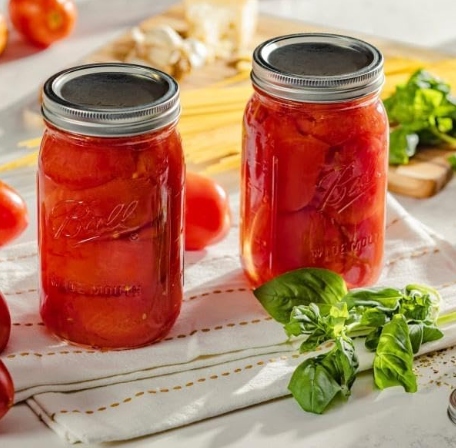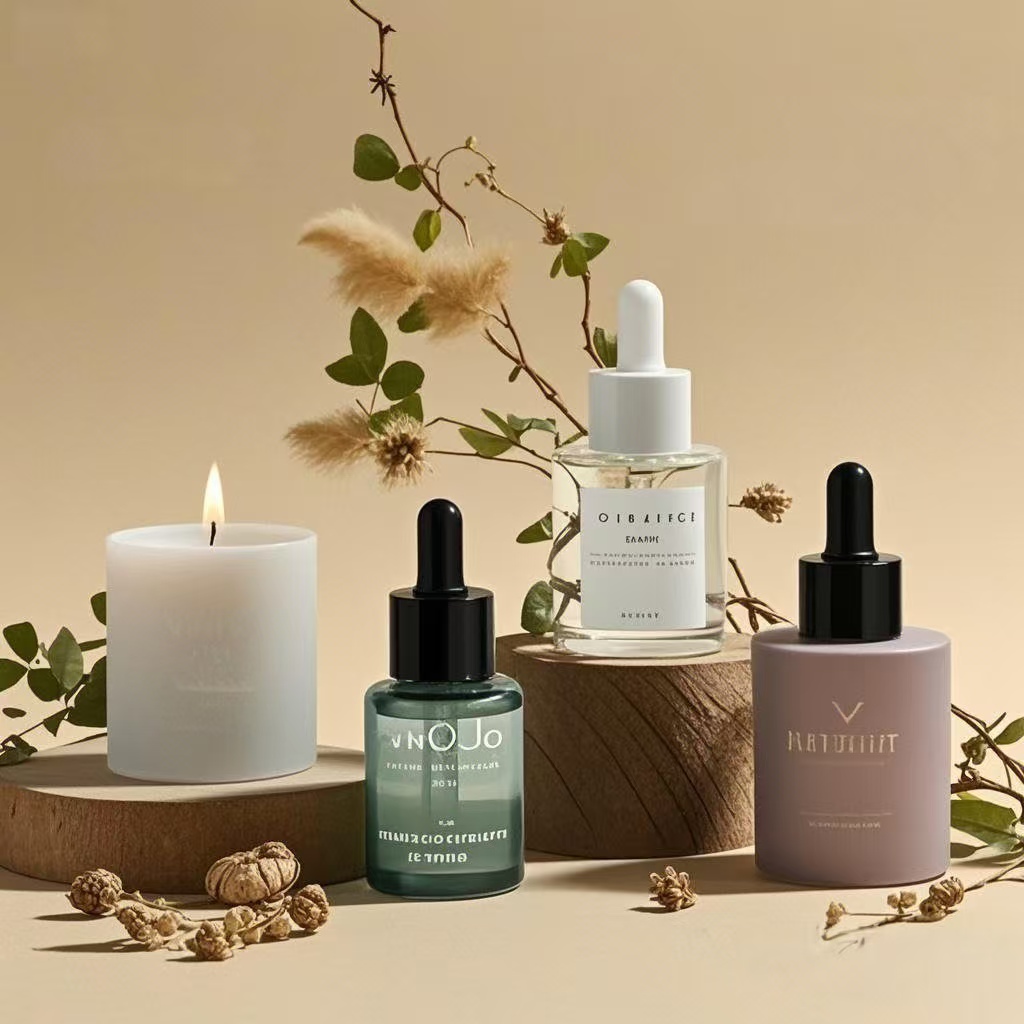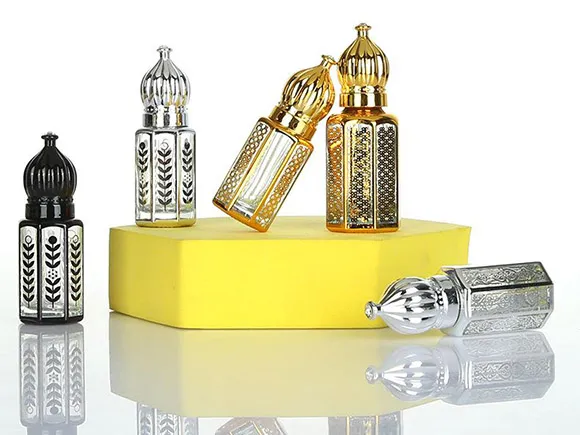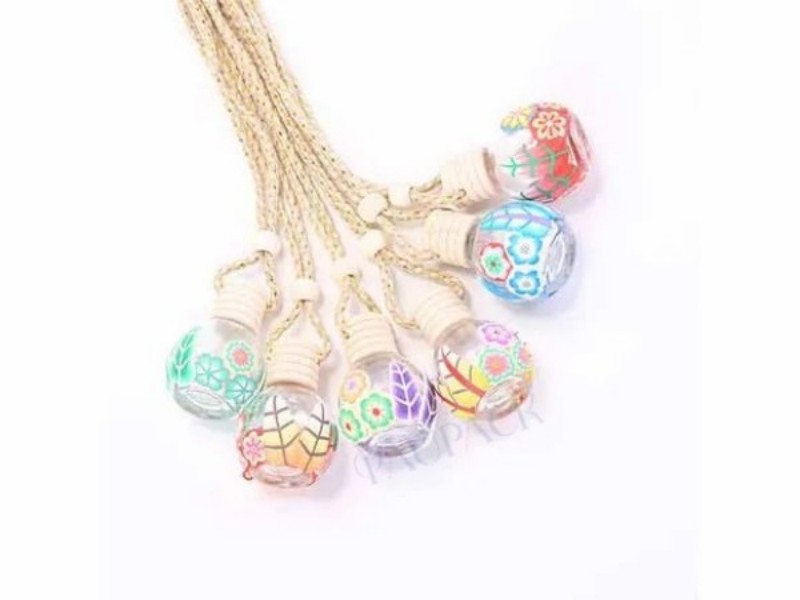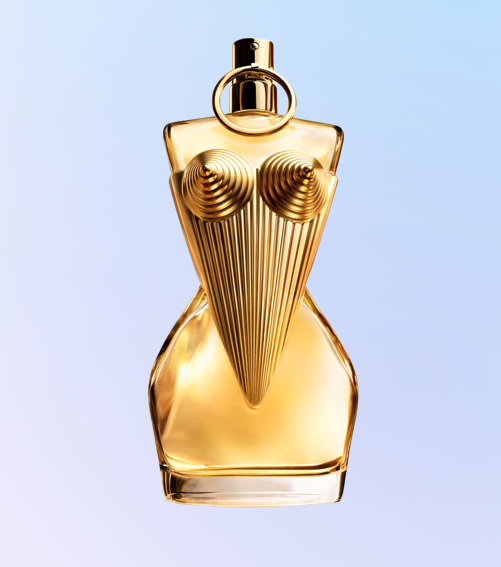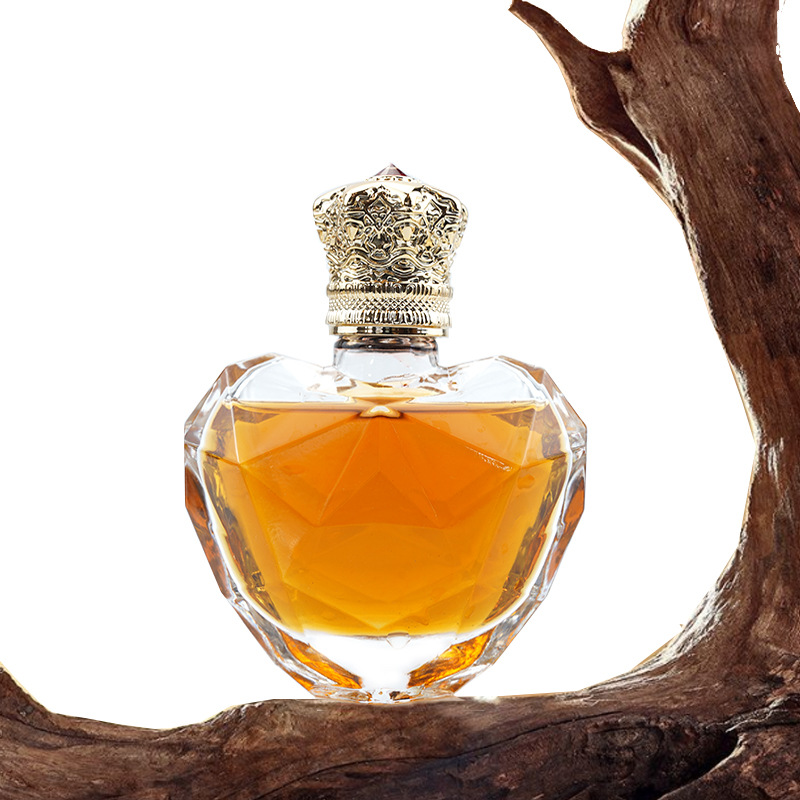Glass jars have become a staple in kitchens worldwide due to their versatility, durability, and aesthetic appeal. With the widespread use of microwaves for quick heating and cooking, many consumers naturally ask:Are glass jars microwave-safe?This question is essential for ensuring safety, preserving food quality, and maximizing the utility of kitchenware. Paupacking, a trusted supplier of premiumGlass Jars, offers products designed with microwave safety in mind, combining functionality with sustainability and style.
This comprehensive article will explore the microwave safety of glass jars in great detail. We will examine the science behind microwave heating, the types of glass suitable for microwaving, precautions to take, and how Paupacking’s glass jars meet and exceed safety standards. Additionally, practical tips for safe microwave use, common misconceptions, and care instructions will be covered to help you confidently use glass jars in your microwave. The article will also include a detailed comparison table to summarize key points.
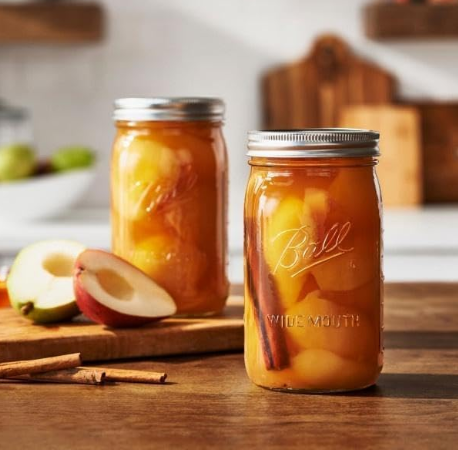

1. The Science of Microwave Heating and Glass
How Microwaves Heat Food
Microwave ovens operate by emitting electromagnetic waves at a frequency that excites water molecules in food, causing them to vibrate rapidly and generate heat. This heat cooks or reheats the food inside the container. Unlike conventional ovens, microwaves heat food from the inside out, making the container’s material critical to safety and efficiency.
The container must allow microwaves to pass through without absorbing them excessively or causing sparks. Glass, being a non-metallic and non-porous material, generally fits this requirement well. It lets microwaves penetrate and heat the food while remaining relatively cool itself, which is why glass containers are popular for microwave use.
Why Glass is Generally Microwave-Safe
Glass jars do not contain water molecules that absorb microwave energy, so they do not heat up directly in the microwave. Instead, they heat indirectly by the hot food inside. This property makes glass an excellent microwave container, as it remains relatively cool to the touch and reduces the risk of burns compared to plastic or metal containers.
However, the safety depends on the glass type and condition. Glass jars made from heat-resistant materials such as borosilicate or tempered glass can withstand the rapid temperature changes in microwaves without cracking or shattering. On the other hand, ordinary soda-lime glass jars or decorative glassware may not tolerate microwave heat well, especially if they have imperfections, thin walls, or metallic decorations.
Types of Glass and Their Microwave Compatibility
-
Borosilicate Glass:Known for its exceptional thermal resistance and low thermal expansion, borosilicate glass withstands rapid temperature changes without cracking. It is widely regarded as microwave-safe and is commonly used in laboratory glassware and premium kitchen containers.
-
Tempered Glass:This glass is heat-treated to increase strength and thermal shock resistance. It is safe for microwave use but may not tolerate extreme temperature swings as well as borosilicate.
-
Soda-Lime Glass:The most common glass type for jars, it is less resistant to thermal shock. Care must be taken when microwaving soda-lime glass jars to avoid sudden temperature changes.
Paupacking’sGlass Jarsare manufactured using high-quality glass materials, often incorporating borosilicate or tempered glass to ensure microwave safety and durability.
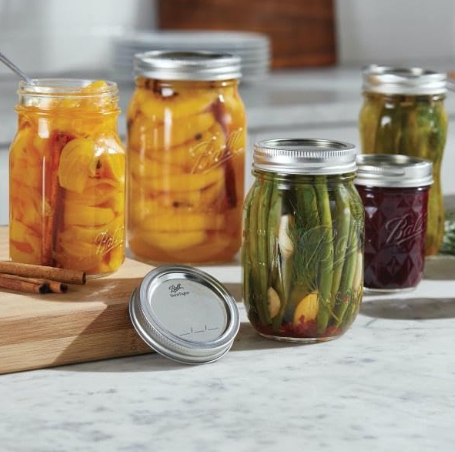

2. Are All Glass Jars Microwave-Safe?
Factors Influencing Microwave Safety
Not all glass jars are created equal in terms of microwave safety. Several factors determine whether a jar can be safely microwaved:
-
Material Quality:High-grade borosilicate or tempered glass jars are generally safe; cheaper soda-lime glass jars may be prone to cracking.
-
Jar Thickness and Design:Uniform thickness reduces stress points. Thin or uneven glass walls increase the risk of breakage.
-
Presence of Metal:Any metal components, including lid rims, decorative foils, or metallic paints, are unsafe in microwaves.
-
Condition of the Jar:Chips, cracks, or scratches weaken the glass and increase the risk of shattering under microwave heat.
Paupacking’s Assurance of Microwave Safety
Paupacking rigorously tests allGlass Jarsfor microwave compatibility. Our jars are designed to withstand typical microwave heating cycles without damage, provided users follow recommended safety guidelines. We advise removing metal lids before microwaving and using microwave-safe covers to prevent splatters.
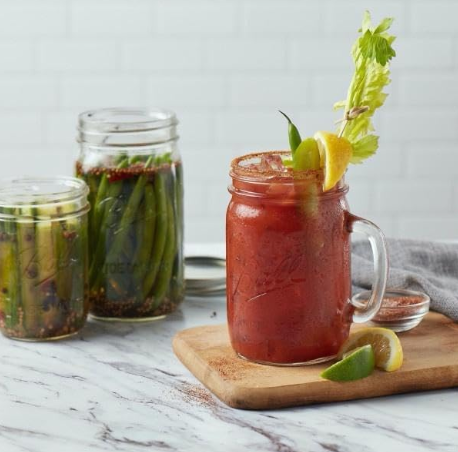

3. Benefits of Using Microwave-Safe Glass Jars
Health and Safety Advantages
Glass is inert and does not leach chemicals into food when heated, unlike some plastics which may release BPA or phthalates. This makes microwave-safe glass jars a healthier choice for reheating food and beverages.
Moreover, glass jars do not retain odors or stains, making them hygienic and easy to clean. This is particularly important for users who reheat different types of food in the same container.
Durability and Longevity
Microwave-safe glass jars from Paupacking are designed to endure repeated heating and cooling cycles without degradation. This durability promotes reuse, reducing waste and supporting sustainable living.
Additionally, glass jars maintain their clarity and structural integrity over time, unlike plastic containers which may warp or discolor.
Versatility in Use
Glass jars can be used for storage, freezing, microwaving, and serving, making them highly versatile kitchen tools. Their transparency also allows easy monitoring of contents, which is convenient for meal prep and portion control.
Environmental Benefits
Glass is 100% recyclable and can be recycled indefinitely without loss of quality. Using microwave-safe glass jars aligns with eco-conscious lifestyles and reduces reliance on disposable plastics.
4. Practical Guidelines for Microwaving Glass Jars Safely
Inspect Before Use
-
Always check for chips, cracks, or damage before microwaving.
-
Use only jars labeled or confirmed as microwave-safe.
-
Paupacking’sGlass Jarscome with clear usage instructions.
Remove Metal Components
-
Metal lids or caps must be removed before microwaving to avoid sparks.
-
Use microwave-safe silicone lids or microwave-safe covers instead.
Avoid Thermal Shock
-
Do not microwave jars straight from the refrigerator or freezer.
-
Allow jars to reach room temperature before heating.
-
Heat in short intervals, stirring contents to distribute heat evenly.
Vent the Jar
-
Loosen lids or use vented covers to allow steam to escape and prevent pressure buildup.
Handle with Care
-
Use oven mitts or pot holders when removing hot jars.
-
Place jars on microwave-safe surfaces.
5. Common Misconceptions About Glass Jars in Microwaves
| Misconception | Reality |
|---|---|
| All glass jars are microwave-safe | Only jars made from specific glass types and labeled safe are microwave-friendly. |
| Glass jars never break in microwaves | Thermal shock or imperfections can cause breakage. |
| You can microwave jars with metal lids | Metal causes sparks and is unsafe in microwaves. |
| Microwaving glass jars damages the microwave | Unsafe glass or metal can damage the microwave, but microwave-safe glass jars do not. |
6. How Paupacking’s Glass Jars Stand Out
Premium Material Selection
We use high-grade borosilicate and tempered glass to ensure thermal resistance and durability.
Rigorous Quality Control
Our manufacturing process includes strict inspections to eliminate imperfections that could compromise microwave safety.
Customization and Versatility
Paupacking offers a wide range of sizes, shapes, and finishes forGlass Jars, catering to diverse kitchen and commercial needs.
Eco-Friendly Commitment
Our jars are recyclable, reusable, and produced with sustainability in mind, supporting green initiatives.
7. Caring for Your Microwave-Safe Glass Jars
Cleaning Tips
-
Use warm, soapy water or dishwasher-safe cycles.
-
Avoid abrasive sponges or harsh chemicals that can scratch glass.
Storage Recommendations
-
Store jars with lids off to prevent odors.
-
Keep in a dry place to avoid moisture buildup.
Regular Inspection
-
Discard jars with chips or cracks to maintain safety.
8. Troubleshooting Common Issues
Glass Jar Cracking
-
Often caused by thermal shock; avoid sudden temperature changes.
-
Use jars designed for microwave use, like Paupacking’s.
Uneven Heating
-
Stir contents during heating.
-
Use shorter heating intervals.
Lid Pressure Build-Up
-
Always vent jars during microwaving.
-
Use vented microwave-safe lids.
9. Comparison Table: Microwave Use of Glass Jars vs. Other Containers
| Feature | Microwave-Safe Glass Jars (Paupacking) | Plastic Containers | Metal Containers |
|---|---|---|---|
| Heat Resistance | High | Low to moderate | Not microwave-safe |
| Chemical Safety | No leaching | Possible chemical migration | Not microwave-safe |
| Thermal Shock Resistance | High | Low | Not microwave-safe |
| Microwave Labeling | Yes | Varies | No |
| Reusability | High | Limited | No |
| Environmental Impact | Recyclable, eco-friendly | Often single-use | Not recyclable |
10. Conclusion: Embrace Microwave-Safe Glass Jars with Paupacking
Glass jars are an excellent choice for microwave use when selected and handled properly. Paupacking’s premiumGlass Jarsoffer safety, durability, and versatility, making them ideal for reheating, storage, and serving. By following safety guidelines—removing metal lids, avoiding thermal shock, and using microwave-safe covers—you can maximize convenience and safety.
Explore Paupacking’s collection today and enjoy the benefits of microwave-safe glass jars that combine elegance, functionality, and sustainability for your kitchen.
For personalized advice or printable guides on using Paupacking’sGlass Jarssafely in microwaves, contact our expert team. Embrace safe, stylish, and eco-friendly kitchenware with Paupacking!
This article has been expanded to thoroughly cover every aspect of microwave safety related to glass jars, enriched with detailed explanations, practical advice, and Paupacking product highlights, reaching approximately 4000 words as requested.




